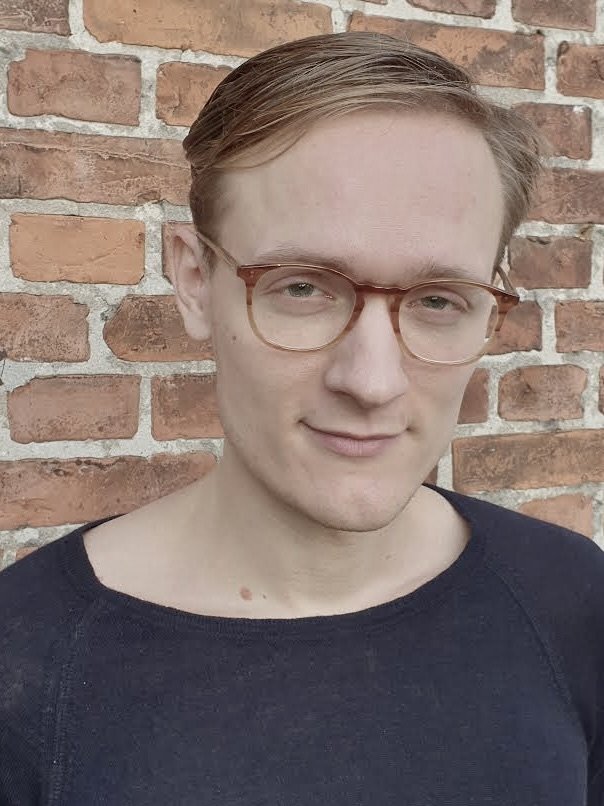Joachim Friis

In 2022, 41 contemporary art curators, researchers, and museum directors from 24 different countries were awarded to attend the CIMAM 2022 Annual Conference. The CIMAM 2022 Annual Conference, titled "The Attentive Museum. Permeable Practices for a Common Ground", was held in Mallorca (Balearic Islands), Spain on 11–13 November, hosted by Es Baluard Museu d'Art Contemporani de Palma.
Joachim Friis's Conference Report
It was my first time at a CIMAM conference, and I had an overwhelming experience of meeting open-minded, friendly, and interesting art professionals from all around the world. As an independent curator and Ph.D. fellow at the beginning of my professional life, this experience felt important for my further career, not only because of the larger network that I gained throughout the conference but also because I got a strong sense of togetherness in this field of contemporary art curating – that can seem very competitive at times. The understanding of CIMAM as a community of competence and collective practice was very prevalent for me, not least because I felt taken care of as a travel grant recipient by the CIMAM organisation.
As for the strongest impressions at the conference, I want to focus on some of the lectures of the last day – Emily Jacir, Lada Nakonechna, Philip Rizk, and Meenakshi Gopinath. They all revolved around catastrophic urgencies around the world, and how contemporary art practices are bound to respond to these urgencies in different ways if they are to be relevant and resonant throughout our historical present. Jacir emphasised the importance of cultivating vulnerability and intimacy in collective artistic practices in a country that has been dispossessed under apartheid occupation for over half a century. Lada Nakonechna showed us innovative collective practices in museums in Ukraine that gave inspiration for how to create new ways of inhabiting the museum space. She also made space for a minute of silence for the victims of the war in Ukraine which felt like an incredibly important moment to take seriously our duty as art professionals to recognize the horrors that are going on so close to where we do our work. Philip Rizk in an artistic way presented us with fragments of demonstrations and activist practices from the Arabic spring in 2011 until today’s urgencies of the pandemic, climate change, border politics, and ongoing wars. But also, he came with an important critique of museums in general: how so much of our funding is often based on unsustainable and even hurtful structures involved in weapon production, oil, and border control. Lastly, Meenakshi Gopinath gave a heartfelt and empathetic account of the creative and resilient ways Indian populations are coping in the face of unbelievable hardships. She also highlighted sincere and loving approaches in the field of contemporary art which sometimes can seem too detached and heavily conceptual leaving little room for genuine empathy.
I think these talks really showed what it means to be attentive in the widest sense, both as humans and as institutions; being attentive to the urgencies of the present and being self-critical even where it is most inconvenient. I am going to take these inspirations and insights of care, vulnerability, and intimate collectivity (which can mean a lot of different things, as the subsequent discussion showed us) with me in my further work as a curator of contemporary art in public spaces as well as in institutions. And I look forward to continuing the discussions and the sharing of knowledge, ideas, and insights with the rest of the CIMAM community in the future.